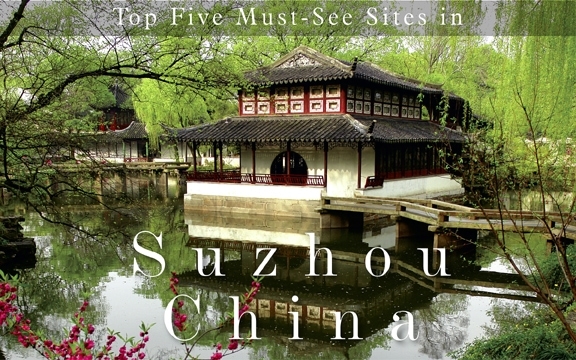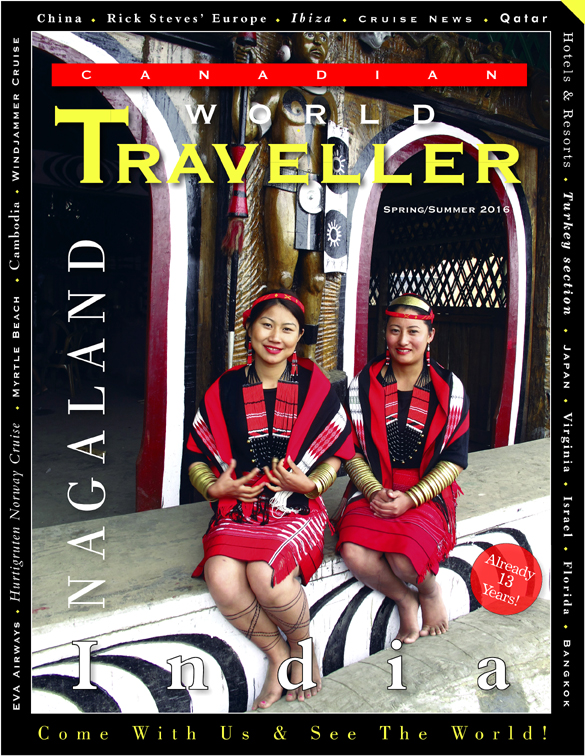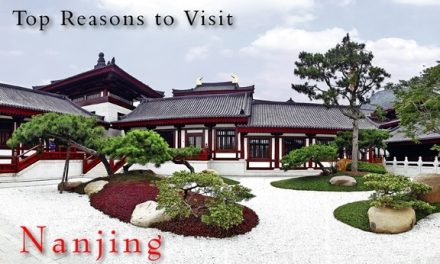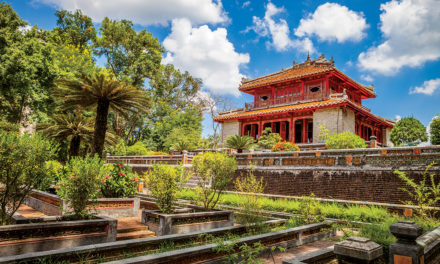Suzhou, China
Top Five Must-See Sites in…Suzhou, China
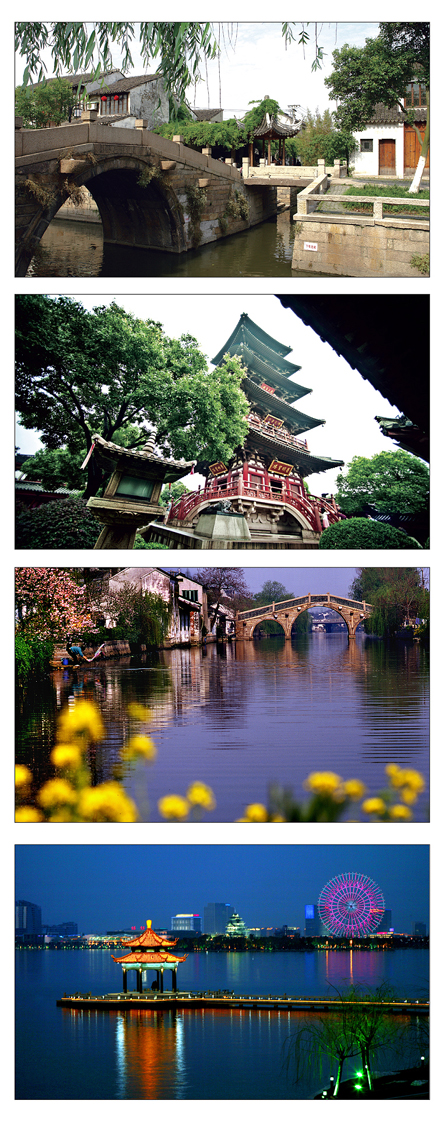
Visiting China tops the bucket list of many North American travelers and according to the latest survey from The World Travel and Tourism Council (WTTC), China will see a 8.7 percent growth in tourism by 2023. While planning the ‘dream’ trip can be a thought-provoking, complex process with so many cities and iconic sites to experience, Suzhou is a hidden gem that offers the perfect combination of rich culture and heritage, classical gardens, friendly locals, and authentic experiences.
Given China’s rapid economic growth and urban expansion, there are few opportunities to experience traditional China, yet Suzhou presents that possibility. With its narrow streets and winding waterways, this city truly lives up to its nickname as “Venice of China.” At the heart of the city is the old town district, the layout of which has remained unchanged over 2,500 years. No matter what time of year visitors plan to experience Suzhou’s distinct cultural heritage, the city’s four seasons are welcoming.
To help build the ultimate Suzhou itinerary and achieve the perfect ‘Bucket List’ trip, the destination’s top five experiences include:
Be One With Nature with the Famous Suzhou Gardens
The famed Humble Administrator’s Garden is considered to be one of the best representations of China’s classic landscape architecture. Listed as a UNESCO World Heritage Site, the garden is the largest in Suzhou and is home to a number of scenic spots including Lan xue Tang (Hall of Orchid and Snow), Daoying Lou (Tower of Reflection) and Yuanxiang Tang (Hall of Distant Fragrances). Classic zigzag bridges frame the garden with each area having a story to tell, reflecting the purpose and philosophy behind the structure.
Navigate The Grand Canal
Like the Great Wall, Suzhou’s Grand Canal is noted as one of the most magnificent and wondrous constructions in ancient China, offering a profound look into China’s fascinating, historical past. The Grand Canal, approximately 1,200 miles in length, is the longest man-made waterway in China, far surpassing the Suez and Panama Canals. With 27 sections and 58 historical sites, it was successfully inscribed onto the UNESCO World Heritage List in 2014. Running from Hangzhou, Zhejiang Province in the south to Beijing in the north and connecting different river systems, it has contributed greatly to the Chinese economy in past dynasties. Although more than 2,000 years old, some parts of the canal are still in use for transportation. Boating on the old Canal is one of the best ways to get a panoramic view of the landscape of typical water towns, which include ancient dwellings, stone bridges of traditional designs, and historical relics. Visitors can take in the Suzhou ‘way of life’ and appreciate the surrounding scenery by enjoying tea and local cuisine at one of the many traditional tea houses along the canal.
Live The Local Life Of A Water Town
The ancient water town of Tongli is located on the bank of Taihu Lake and east of the ancient Grand Canal, just more than 11 miles from Suzhou. As one of the six famous water towns, it occupies an area of 81.5 acres and is surrounded by five lakes. The town is divided into seven parts by 15 brooks and by 47 bridges. Among the bridges, the most famous are Taiping (peace), Jili (luck), and Changing (celebration), which have been important landmarks and are regarded as sacred by locals. It’s customary whenever there is an important life occasion such as a wedding for the bride and groom to walk over the three bridges to bring them peace, fortune, and happiness in their lives. The area contains hundreds of gardens, temples, mansions, and the former residences of dignitaries built from 1271 to 1911 during the Ming and Qing dynasties. Among the three most famous gardens are Tuisiyuan, constructed between 1885 and 1887 by an imperial scholar, Chongbentang, and Jiayin Tang.
Explore The Old & New in Suzhou
Suzhou is home to more than 730 cultural relics under government protection. More than 60 classical gardens are well preserved, and nine of them are listed as UNESCO World Cultural Heritage Sites. The protected landscape of small bridges, flowing water, winding canals, narrow streets, white walls, cultural relics, and classical gardens make it a unique city. The State Council has placed it among the top 24 cultural and historical cities to visit in China. The best examples of Suzhou’s deep rooted history can be found by walking neighborhoods and visiting key streets such as Pingjiang Road and Shan Tan Street. To grasp the flavor of the ‘new’ city take a ride on Asia’s largest Ferris Wheel located in the Suzhou Industrial Park (SIP), which boasts a Cultural Convention and Exhibition center, shopping, restaurant and is also home to new hotels such as the Hyatt Regency and the soon to.
Tour Iconic Chinese Landmarks
One of the 10 great temples in China is the Hanshan Temple, which is located just outside the city center of Suzhou. The scents of street food and the clamor of the city are replaced by fragrant incense and a respectful hush inside the yellow Temple walls, which is broken only by the sounds of the famous chiming bell. Visitors can immerse themselves in the ancient history of the Liang and Tang dynasties as they explore the buildings, climb the pagoda and read the ancient inscriptions. A popular activity is to take in the scenery atop Maple Bridge, a site made famous by the Tang dynasty poem: A Night Mooring by the Maple Bridge.
About Suzhou
Suzhou, the “Venice of China,” is known for its elegant stone bridges, canals, flowing water, and noteworthy architecture. Located in the center of the Yangtze River Delta, approximately 70 miles west of Shanghai, Suzhou is one of the oldest cities in the Yangtze Basin dating back more than 2,500 years. The city boasts the beautifully manicured Classical Gardens of Suzhou, many of which have been designated a UNESCO World Heritage Site. Each year, millions of tourists travel to Suzhou to experience the destination’s more than 400 attractions, ranging from pagodas and temples to historical districts and world-class museums. As the largest industrial city in China, Suzhou continues to develop, such as the Suzhou Industrial Park (SIP), which boasts five-star hotels, the iconic Lake Jinji, and Asia’s largest Ferris Wheel.
Click on cover to view published article

